Natura 2000: Guidelines for Helicopter Pilots
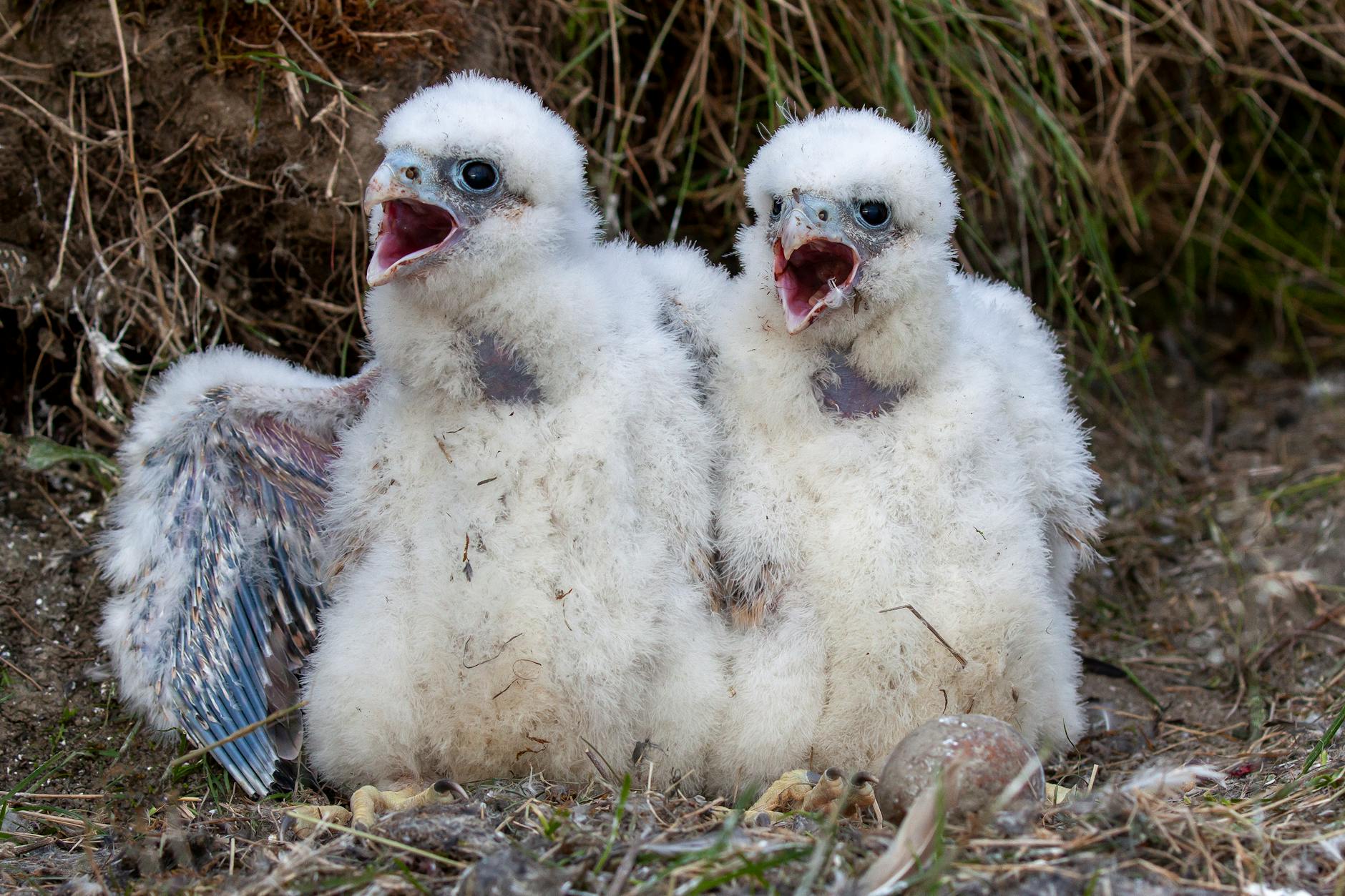
Protecting threatened species across Europe
Introduction
Helicopter pilots are generally known for their respect for both the skies and the environment. As stewards of the air, it is crucial to be aware of and adhere to environmental protections, such as those established under the Natura 2000 network. This article aims to inform pilots about Natura 2000, the significance of these protected areas, and how helicopter operations can align with conservation goals.
What is Natura 2000?
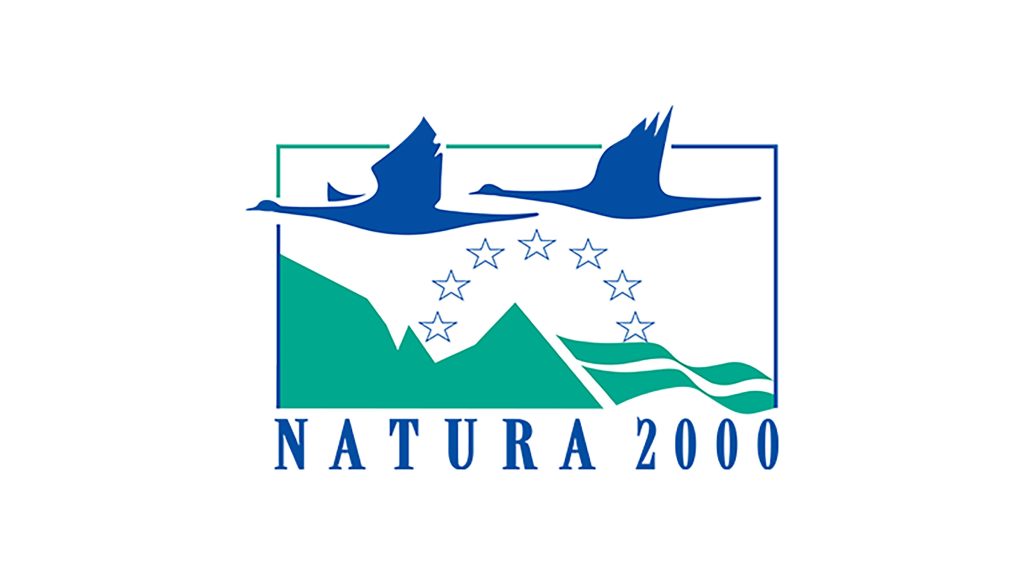
Natura 2000 is a network of protected areas across Europe (so not the UK), established under the European Union’s Birds Directive and Habitats Directive. The primary objective of this network is to ensure the long-term survival of Europe’s most valuable and threatened species and habitats. Covering over 18% of the EU’s land area and around 8% of its marine territory, Natura 2000 is the largest coordinated network of protected areas in the world.
Flying in Scotland? See our article about environmental protection there: Scotland : helicopters and birds.
Respecting Natura 2000 as Helicopter Pilots
Helicopter pilots play a vital role in minimizing disturbances to these sensitive areas. Here are some guidelines and best practices for respecting Natura 2000 sites:
Awareness and Planning
Before planning a flight, ensure you are aware of the locations of Natura 2000 sites along your route. Use updated maps and navigation tools that highlight these protected areas. You can jump straight to the maps at https://natura2000.eea.europa.eu/.
Flight Altitude
Maintain a safe and considerate altitude when flying over or near Natura 2000 sites. Higher altitudes reduce noise and visual disturbances to wildlife and habitats.
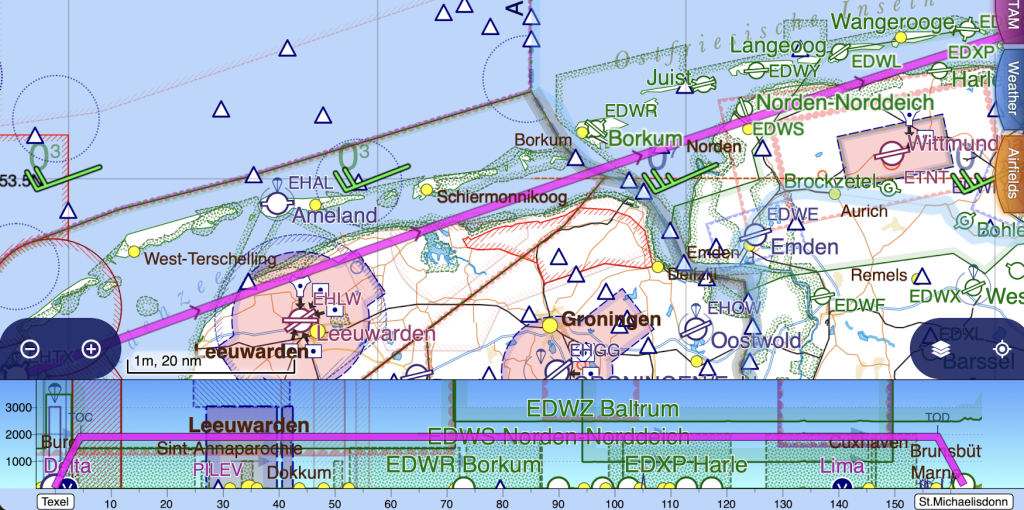
Avoidance of Sensitive Periods
Be mindful of breeding seasons and other critical periods for wildlife. Avoid flying over protected areas during these times to minimize stress on animal populations.
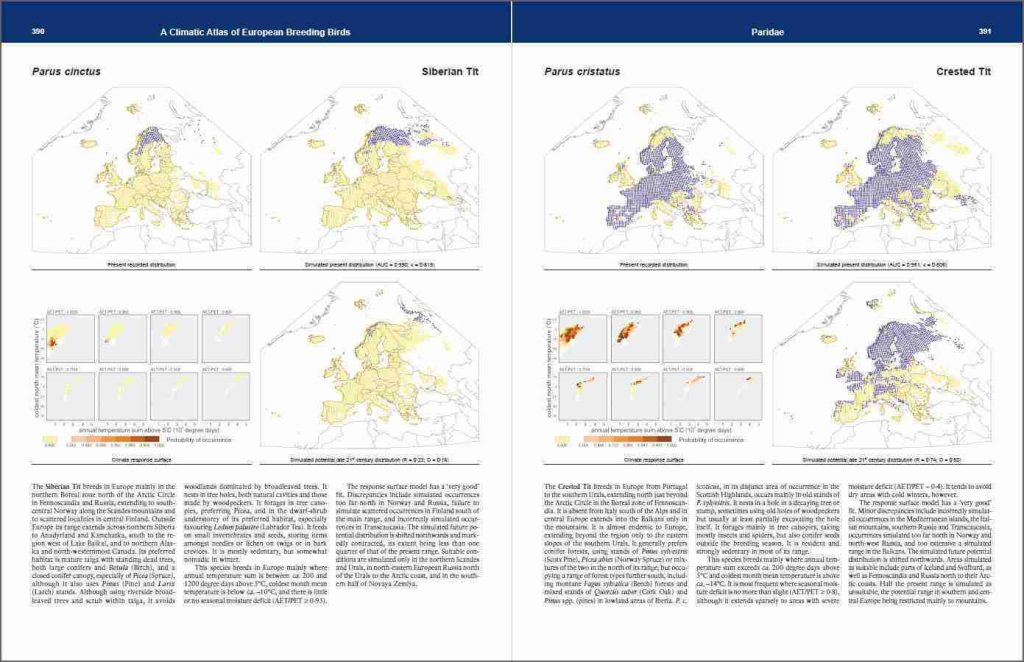
Here is a table of breeding seasons for some common European bird species found within Natura 2000 sites
| Bird Species | Breeding Season |
|---|---|
| European Nightjar (Caprimulgus europaeus) | May – August |
| Little Tern (Sternula albifrons) | May – August |
| Corncrake (Crex crex) | May – August |
| White-tailed Eagle (Haliaeetus albicilla) | January – July |
| Black Stork (Ciconia nigra) | April – July |
| Peregrine Falcon (Falco peregrinus) | March – June |
| Eurasian Bittern (Botaurus stellaris) | March – August |
| Hen Harrier (Circus cyaneus) | April – July |
| Red Kite (Milvus milvus) | March – July |
| Northern Lapwing (Vanellus vanellus) | April – July |
For example, if you are flying in July, based on the above table, nearly all species are affected except for the Falcon so you would need to plan to avoid the areas shown. In the example below, we have set the Filter to Denmark.
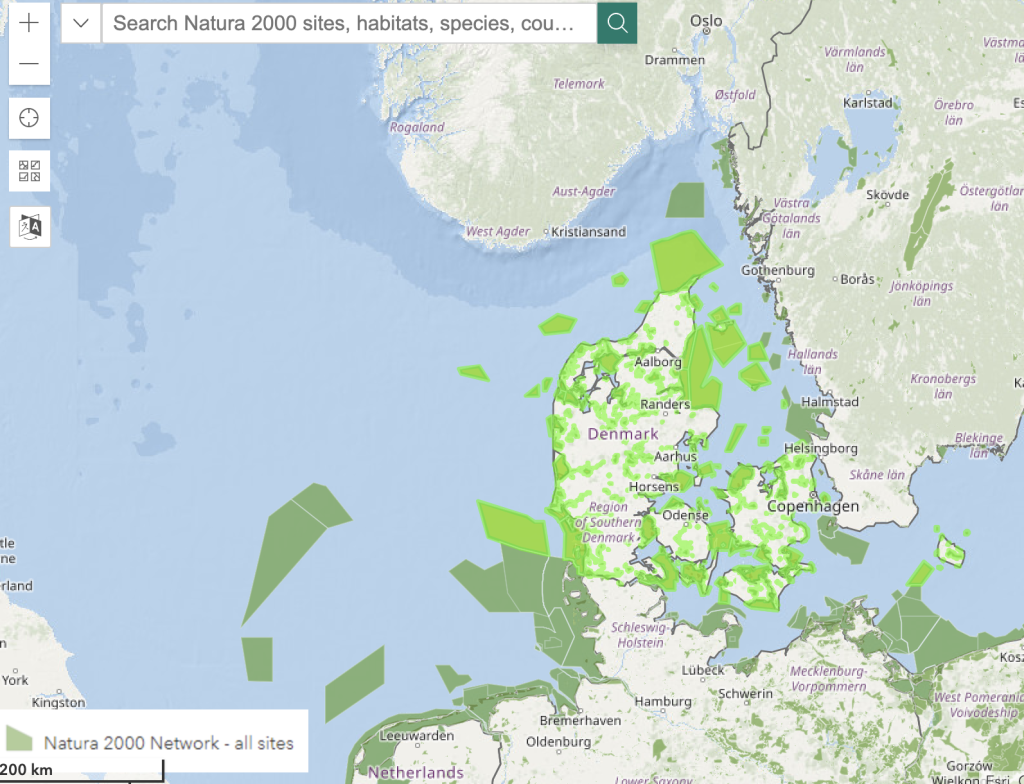
Route Planning
Whenever possible, plan routes that avoid direct overflight of Natura 2000 sites. These areas are protected due to their ecological value and sensitivity to human activities. If an overflight is necessary, ensure it is conducted in a manner that minimizes impact. This includes flying at higher altitudes to reduce noise and disturbance to wildlife and avoiding critical times such as nesting or breeding seasons. Additionally, pilots and aviation companies should be aware of the specific boundaries and regulations of these sites to ensure compliance and contribute to conservation efforts.
Noise Reduction
Use noise-abatement procedures to reduce the impact on wildlife. This includes gentle turns, avoiding rapid ascents or descents, and maintaining a steady flight path.
Compliance with Charts
Adhere to all local and international regulations concerning flights over protected areas. This includes respecting no-fly zones and altitude restrictions specific to Natura 2000 sites.
The ICAO charts only show a tiny part of the Natura 2000 areas but are nonethless useful and upgrade the areas in question from advisory to compulsory. We would expect to see may more areas of Natura 2000 being added to the aviation charts, especially if pilots do not show respect.
Shown below is a snapshot of the heavily regulated areas of the West Frisian Islands. Study the chart carefully because some of these areas are only activated in specified months. The recommended heights AGL vary typically from 500 feet to 2000 feet. In the area below, Engelmansplaat Bird Sanctuary is Surface to 1000 ft, whilst Niedersächsisches Wattenmeer Bird Sanctuary is Surface to 2000 ft.
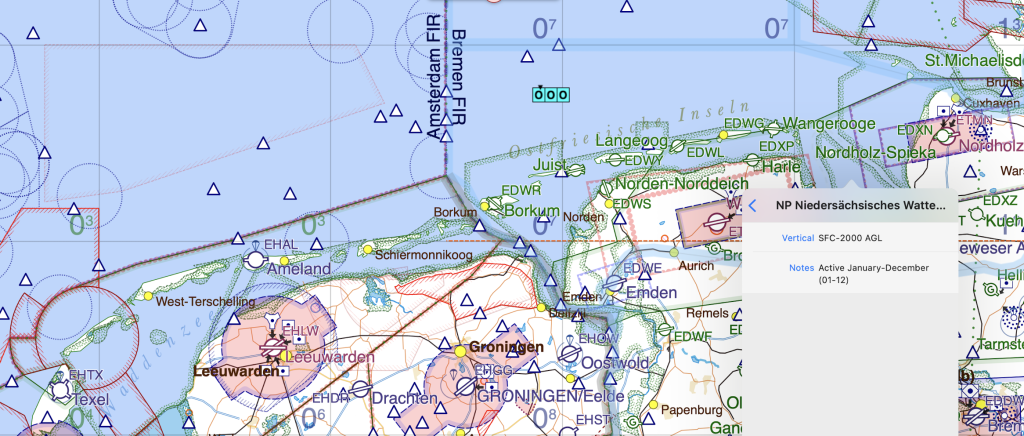
Conclusion
Respecting Natura 2000 is not only a legal obligation but also an ethical responsibility for helicopter pilots. By being aware of and adhering to guidelines designed to protect these crucial areas, pilots can contribute to the preservation of Europe’s natural heritage. Let’s commit to flying responsibly, ensuring that our operations do not compromise the integrity of these vital ecosystems.
For more information and updates on protected areas, pilots are encouraged to visit the official Natura 2000 website and stay informed about best practices in sustainable aviation.
Helipaddy is dedicated to promoting responsible flying and supporting the conservation of our natural environment. By working together, we can ensure that the skies remain open and the earth below thrives.
Feel free to share your thoughts or experiences regarding flying over protected areas in the comments section below. Your insights can help us all become better stewards of the skies and the environment.



3 thoughts on “Natura 2000: Guidelines for Helicopter Pilots”